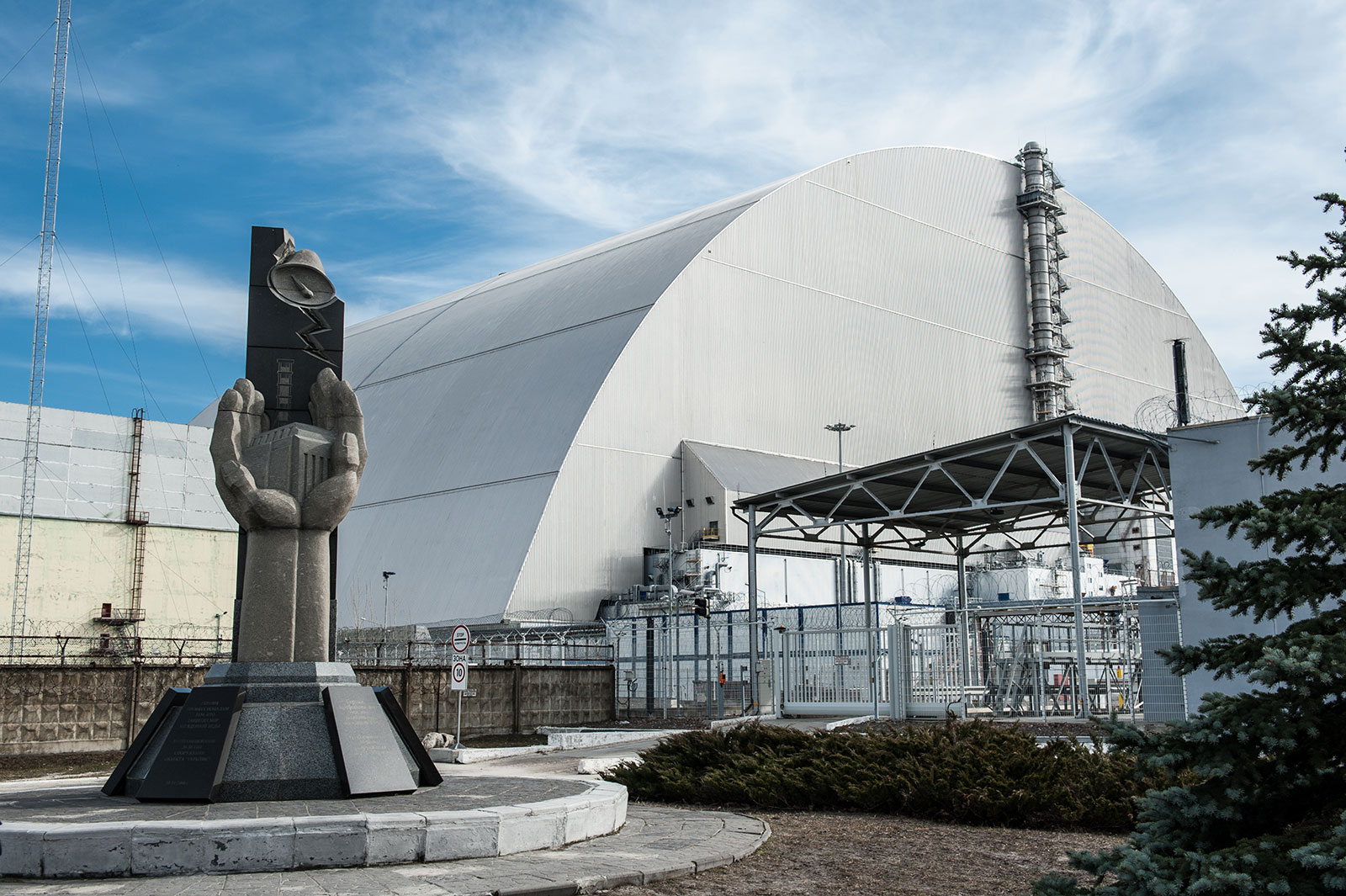Chernobyl
On April 26, 1986, the world's worst nuclear-power accident occurred at Chernobyl nuclear power plant in the Soviet Republic of Ukraine. The accident occurred when technicians at reactor Unit 4 attempted a poorly designed experiment. The chain reaction in the core went out of control. Several explosions triggered a large fireball and blew off the heavy steel and concrete lid of the reactor. This and the ensuing fire in the graphite reactor core released large amounts of radioactive material into the atmosphere. A partial meltdown of the core also occurred.

A cover-up was attempted, but on April 28, Swedish monitoring stations reported abnormally high levels of wind-transported radioactivity and pressed for an explanation. The Soviet Union finally acknowledged that the accident had occurred.
An estimated 100 to 150 million curies of radiation escaped into the atmosphere before cleanup crews were able to bring the fires under control and stabilize the situation some two weeks later. The radioactivity was spread by the wind over Belarus, Russia, and the Ukraine and soon reached as far west as France and Italy.
Finally, workers erected an enormous concrete-and-steel shell or "sarcophagus" over the damaged reactor to prevent radioactive materials, including gases and dust, from further escaping.

Initially, the Chernobyl accident caused the deaths of 32 people. Dozens more contracted serious radiation sickness; some of these people later died. Millions of acres of forest and farmland were contaminated; and although many thousands of people were evacuated, hundreds of thousands more remained in contaminated areas. In addition, in subsequent years many livestock were born deformed, and among humans several thousand radiation-induced illnesses and cancer deaths were expected in the long term.
In December 2000 the last of the four reactors at Chernobyl was shut down.